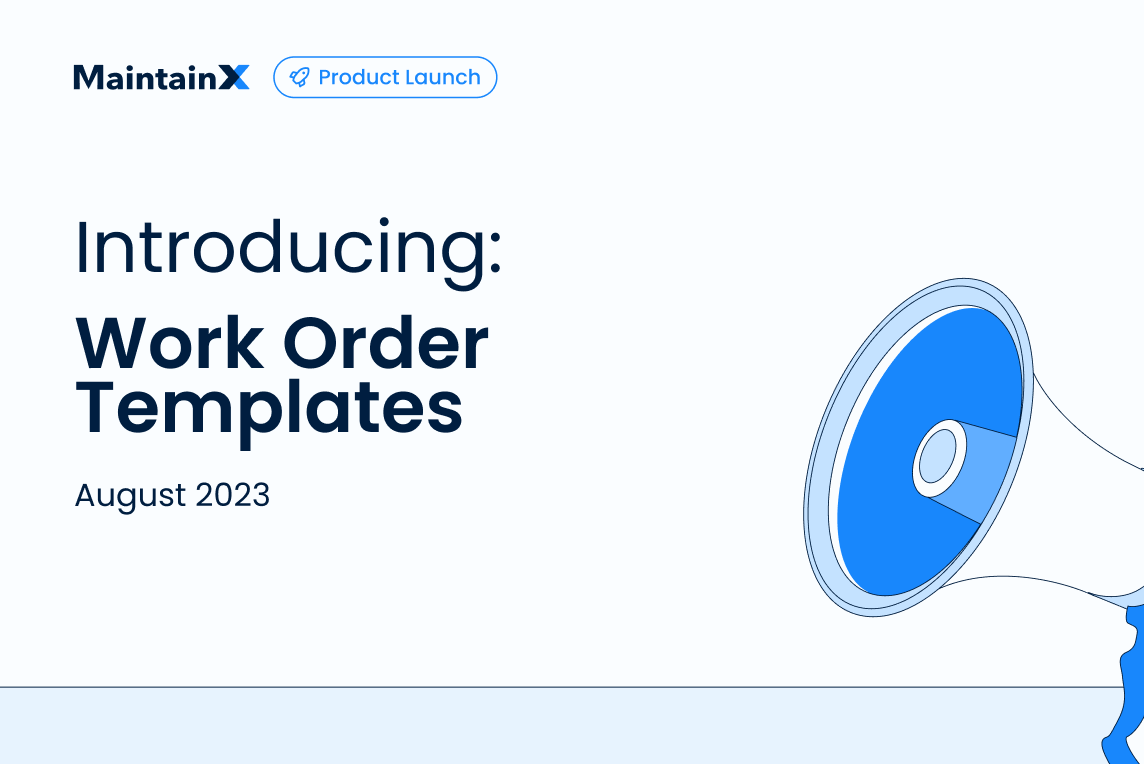WORK ORDER MANAGEMENT
Modern workflows for more efficient frontline teams
Streamline maintenance, safety, and operations with the world’s most intuitive work order system.



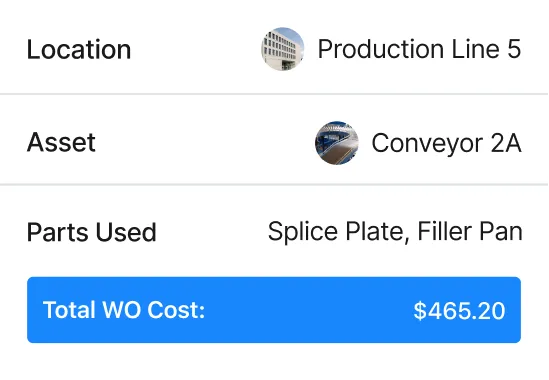










Our clients using MaintainX report
Plan, schedule, and record work all in one place
Create, assign, and prioritize digital work orders for one or many asset, and track everything in one place to keep teams aligned from start to finish.
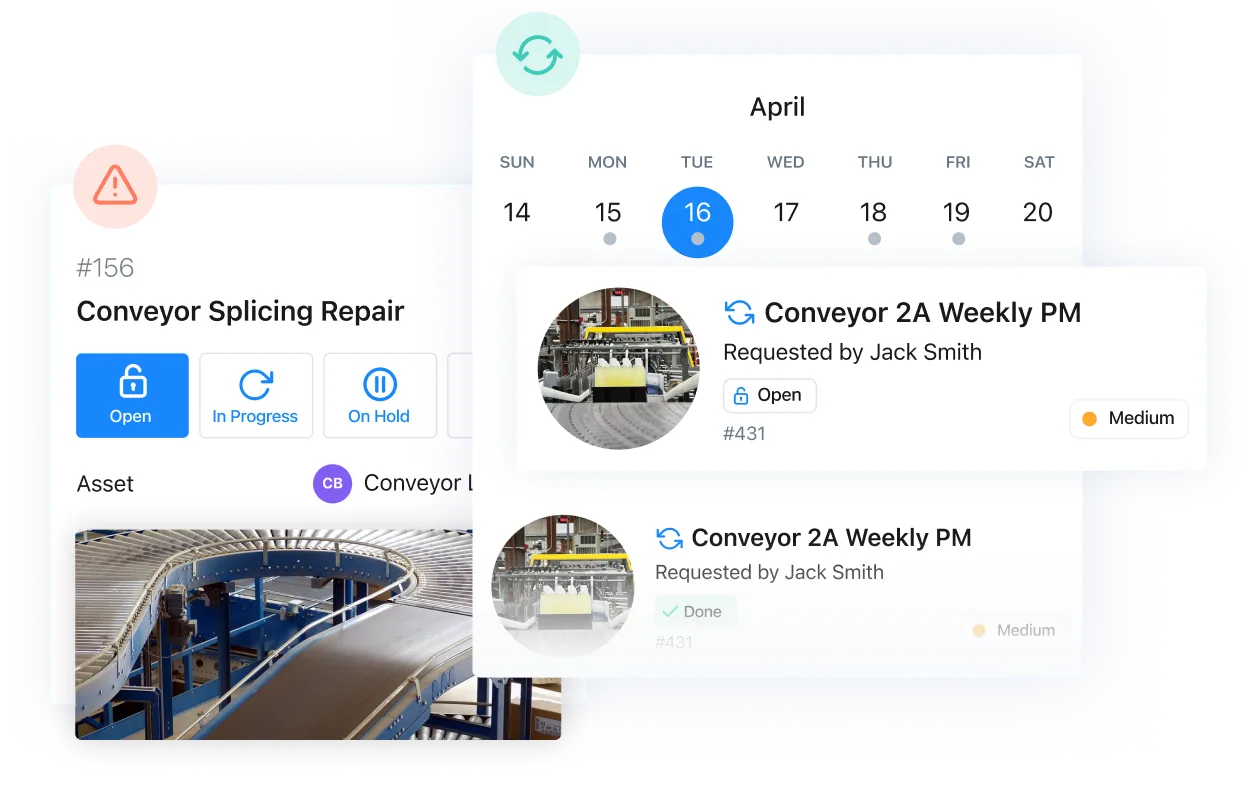
Capture work order data more easily
Make it ridiculously easy for technicians to log work on their mobile devices. Capture the right data every time using pre-filled templates, time tracking, signatures, and required fields.
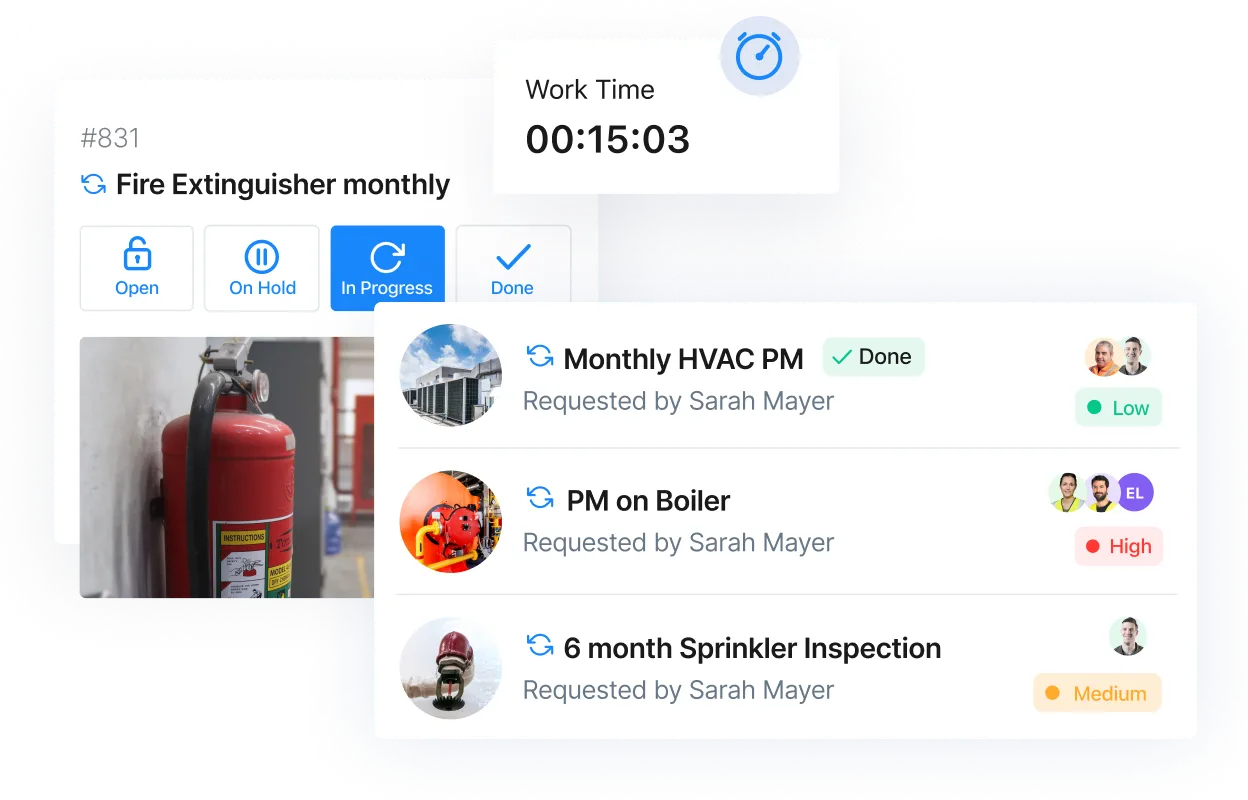
Share work and collaborate seamlessly with vendors
Boost productivity and vendor efficiency with External Work Orders. Collaborate with shared work orders, communicate with comments and files, and track progress and activity — all in MaintainX.
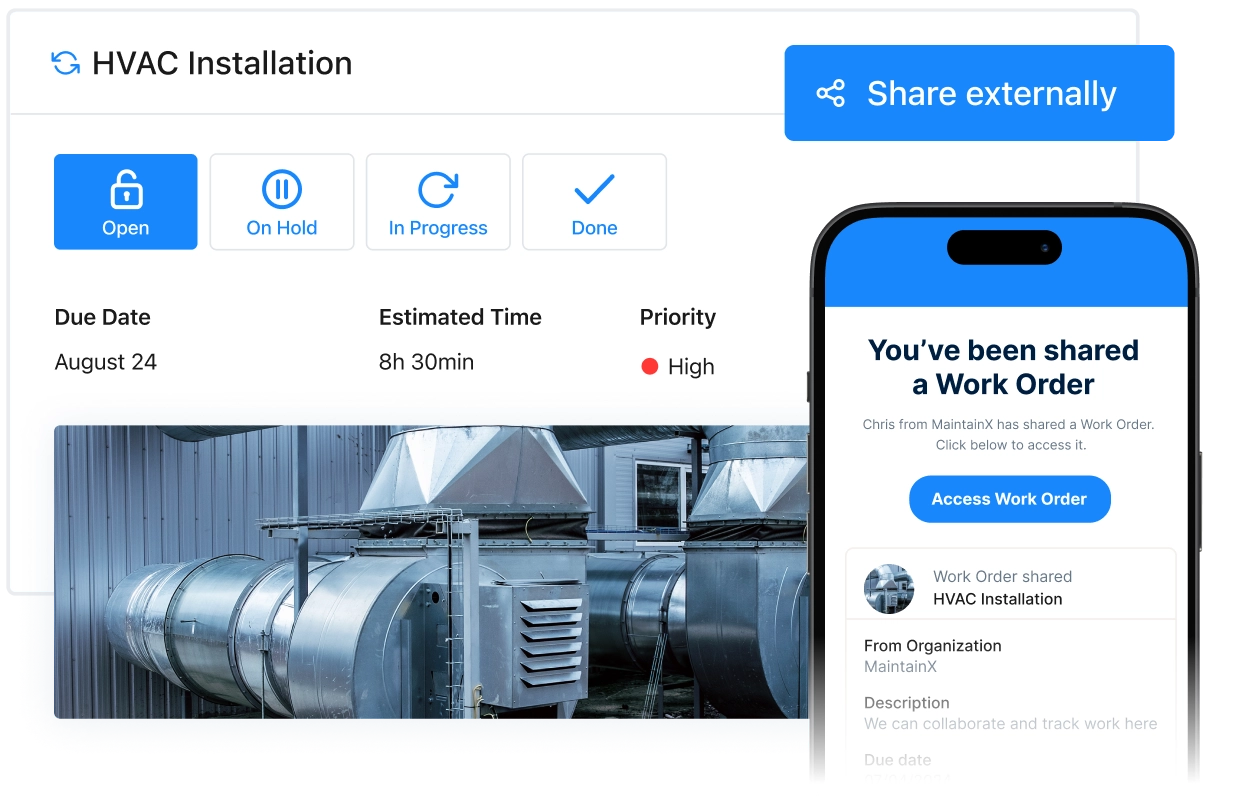
Work smarter with data-driven insights
Get more done using labor hour insights to schedule work more effectively. Report on PM compliance, on-time completion, inspection failures and more to drive continuous improvement.
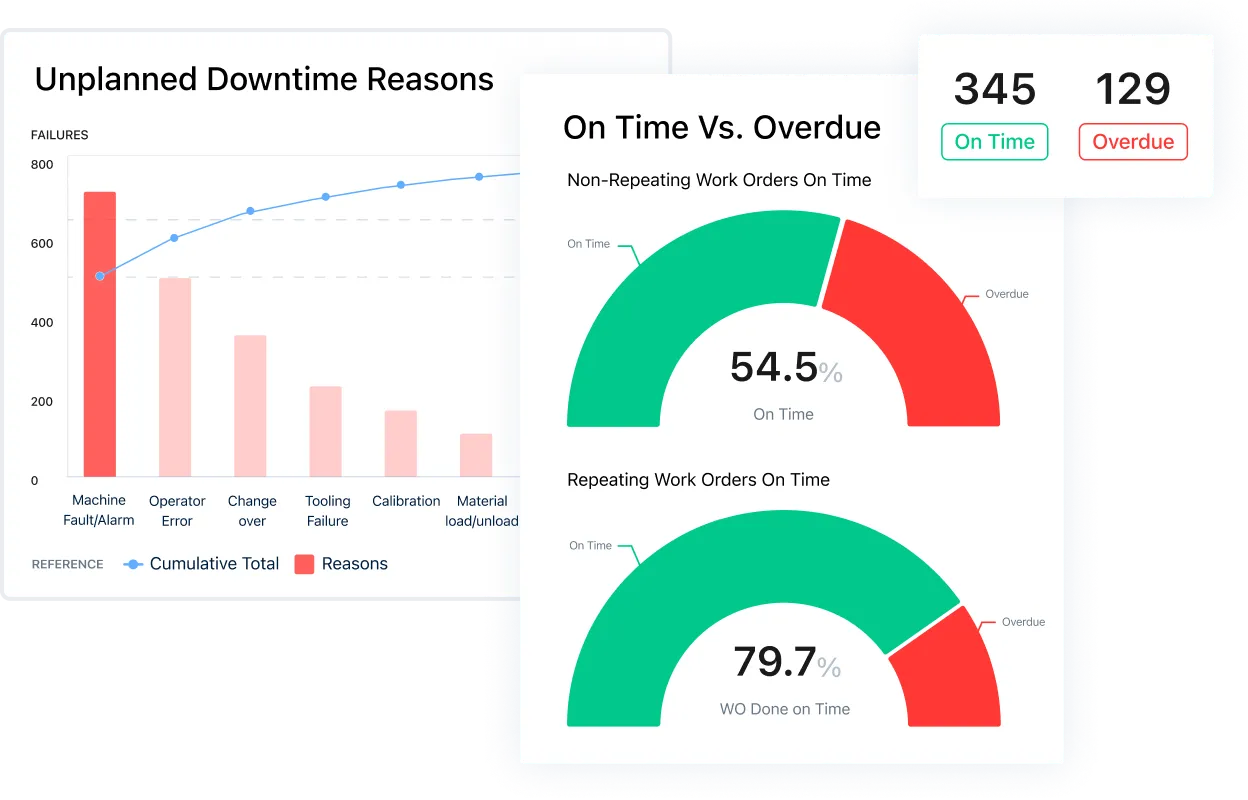
Improve your data quality with standardized templates
Enable your teams to fill out work orders accurately with minimal training using pre-filled templates. Streamline routine or recurring jobs, ensure only the right users perform and approve work, and capture the right data every time.
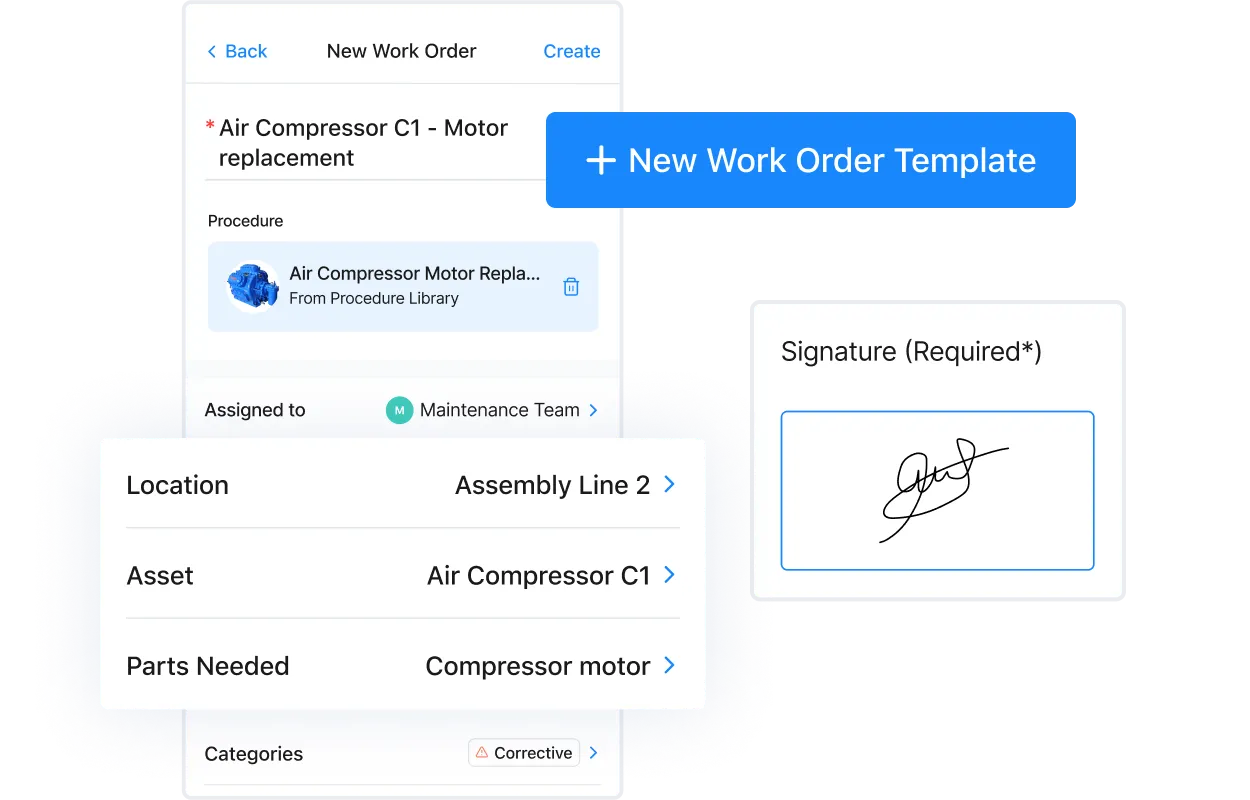
Get AI-powered estimates on time to complete work orders
Improve your workload planning accuracy and efficiency with Smart Time Estimates. Instantly see data-driven estimates on how long a new work order should take to complete – informed by historical data and powered by AI.
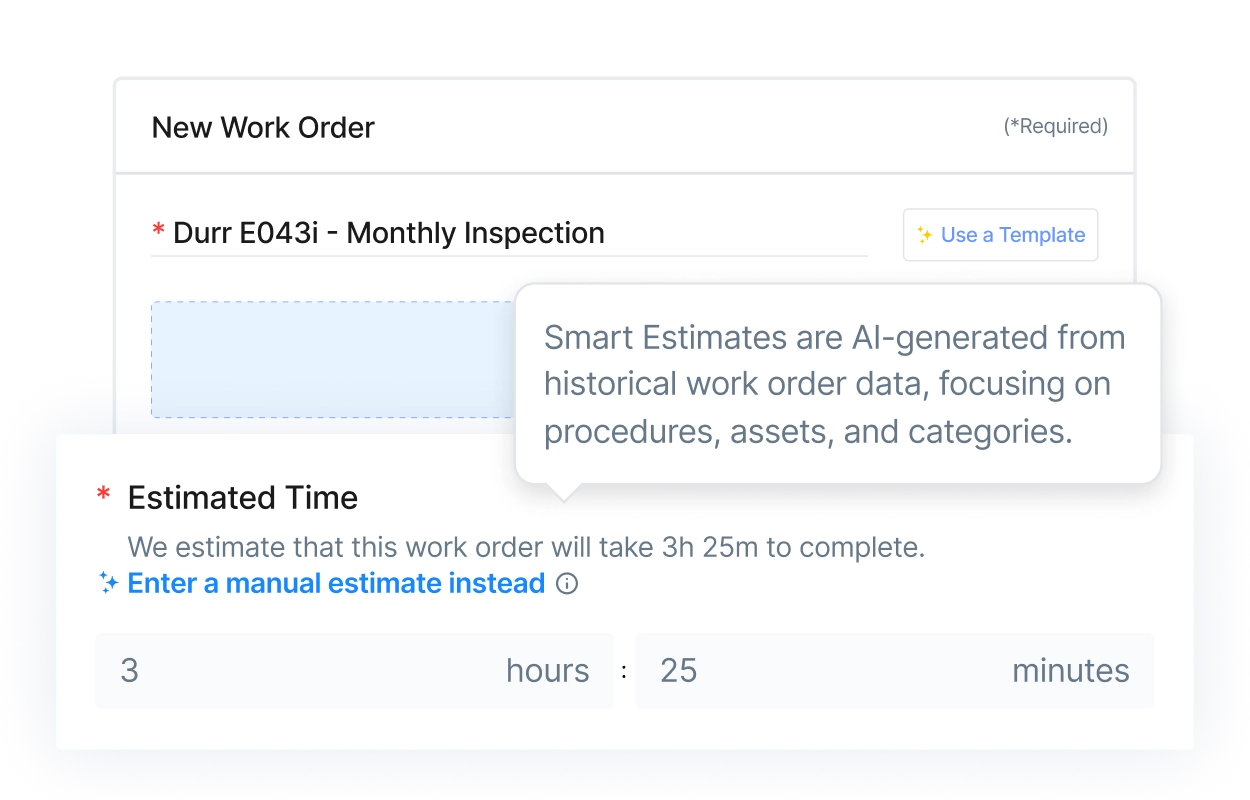
Share photos, comments, and more
Snap photos, annotate them, and save them to each work order to quickly illustrate problems. Add comments and tag other users to collaborate across teams and fix faster.
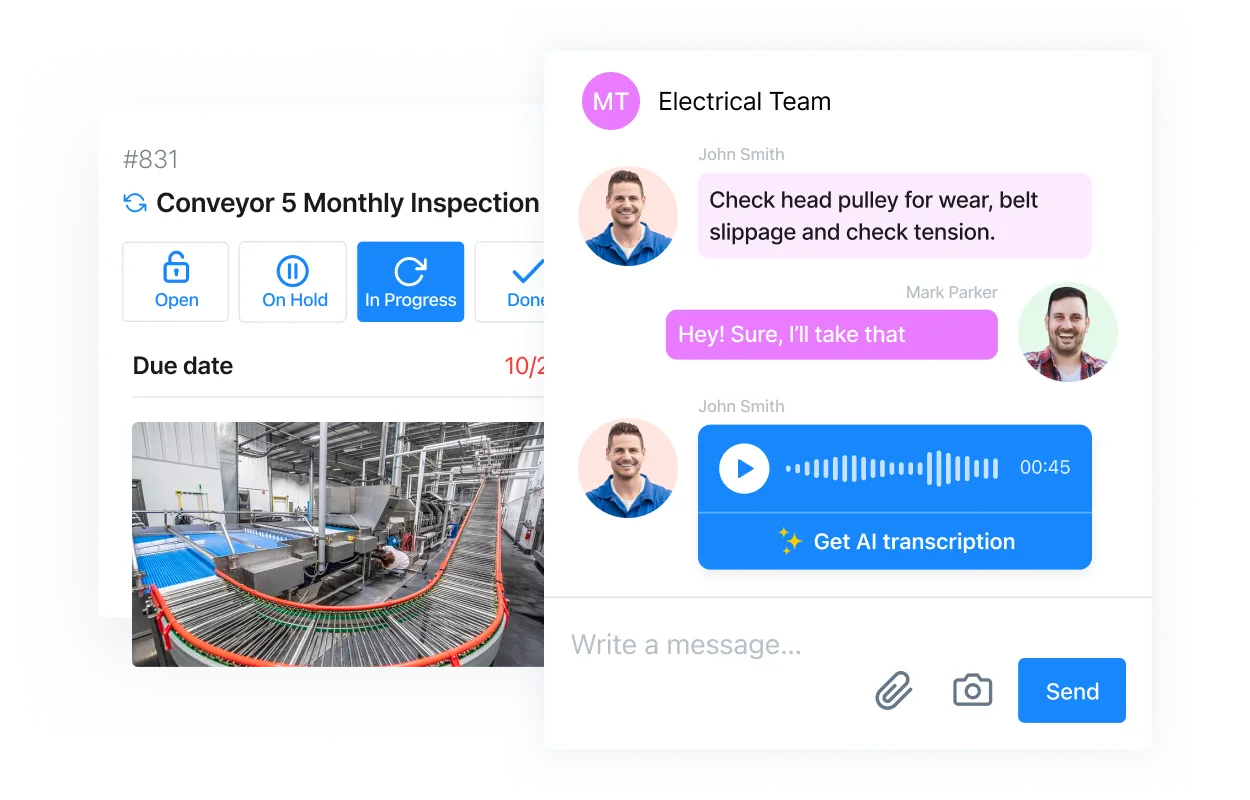
Award-winning software you can trust
Not convinced?

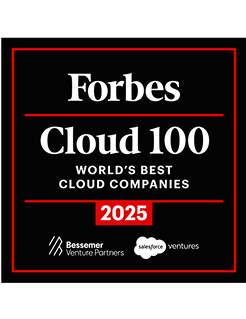

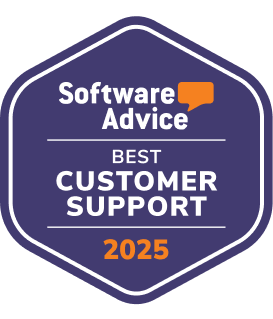




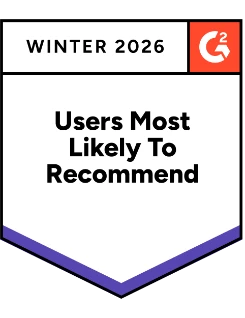









See what customers have to say
Work order management FAQs
What is a CMMS work order management system?
A work order management system helps maintenance teams efficiently assign and track maintenance tasks, replacing paper-based processes with a streamlined digital workflow. A user-friendly, mobile-first CMMS like MaintainX is a one-stop shop for teams to submit and prioritize requests, assign tasks, track progress, and record notes, all while on the go.
How does a CMMS streamline the work order management process?
A CMMS like MaintainX digitizes and automates key work order management steps. The software allows team members to easily submit maintenance requests, which managers can then prioritize and assign to the appropriate technicians with just a few clicks. MaintainX automatically notifies assignees and tracks progress in real-time. Technicians can access work order information, update status, and record notes and photos using the mobile app. Once a task is complete, the CMMS maintains a detailed digital record of the work performed. This process eliminates paperwork, speeds up communication, and improves visibility.
What are the key features to look for in a work order management system?
When evaluating work order management software, look for the following key features:
- User-friendly work order creation and submission process
- Customizable work order templates and forms
- Ability to prioritize and categorize work orders
- Real-time notifications and status updates
- Mobile app for updating work orders on-the-go
- Preventive maintenance scheduling and tracking features
- Reporting and analytics capabilities
- Features for compliance documentation
MaintainX offers these features and more, giving teams a comprehensive solution for efficient work order management.
How does a CMMS help with work order management of preventive maintenance tasks?
A CMMS makes it easier for maintenance teams to track and consistently keep up with preventive maintenance (PM) tasks. Managers can set up automatically recurring work orders for assets based on time intervals, usage, or condition triggers. The software tracks PM compliance, sends reminder notifications, and provides a history of completed tasks. MaintainX also supports PM checklists and procedures that guide technicians through standardized steps.
How does efficient work order management contribute to operational efficiency?
With asset and work order management software, you’ll improve your team’s processes and gain efficiency in several ways:
- Faster response times: Digital work order submission and real-time notifications help the team address issues promptly.
- Reduced downtime: Consistent preventive maintenance and quicker repairs minimize equipment downtime and production interruptions.
- Optimized resource allocation: Managers can assign tasks based on technician availability, skills, and location.
- Improved communication: Centralized work order data and mobile access keep everyone informed in real time.
- Better planning and scheduling: Access to past work order data helps teams stay proactive when it comes to maintenance planning and resource allocation.
- Increased asset reliability: Consistent, documented maintenance extends asset lifespan and performance.
How can maintenance managers leverage a CMMS to monitor progress and track completed work orders?
Maintenance managers have access to real-time tracking and reporting features in a modern CMMS like MaintainX. The software gives teams a centralized dashboard that shows the status of all open work orders, allowing managers to quickly identify overdue or high-priority tasks. Managers can view work order history, including completion dates, technician notes, and performance metrics. MaintainX's advanced reporting tools enable managers to analyze work order data, measure KPIs, and identify trends or bottlenecks.
Does work order management software support emergency repairs as well as scheduled tasks?
Yes, a work order management system like MaintainX supports emergency repairs and scheduled maintenance tasks. For emergency work orders, MaintainX allows quick creation and prioritization of tasks. Managers can easily assign the work order to an available technician and track progress in real-time. Notifications and mobile access ensure fast response times. Alongside emergencies, MaintainX seamlessly handles scheduled tasks, such as preventive maintenance and routine inspections. The software automatically generates work orders based on predefined schedules and assigns them to the appropriate personnel. This dual functionality ensures efficient management of both planned and unexpected maintenance needs.
Can a work order management platform help reduce maintenance-related operational costs?
Implementing a work order management system like MaintainX can minimize maintenance-related costs through:
- Preventive maintenance: By helping teams complete PM tasks consistently, MaintainX helps prevent costly breakdowns and extends asset lifespan.
- Reduced downtime: Efficient work order management minimizes equipment downtime, which helps companies avoid production losses and overtime costs.
- Better inventory management: Inventory tracking ensures parts availability and prevents overstocking.
- Data-driven insights: Access to work order data can help inform decisions about maintenance strategies, resource allocation, and asset investments.
How can maintenance teams use work order data to improve task execution and team performance?
By analyzing work order data, teams can identify patterns (such as recurring issues or equipment with high failure rates) to prioritize maintenance efforts and optimize preventive maintenance schedules. Work order completion metrics, such as mean time to repair (MTTR), give managers insights into team efficiency that they can use to identify training needs, balance workloads effectively, and set performance benchmarks.
What types of reports or insights can you generate with work order management software?
Some key reports and metrics work order management software like MaintainX can create include:
- Work order completion rates and backlog trends
- Mean time to repair (MTTR) and mean time between failures (MTBF)
- Technician performance and productivity metrics
- Asset reliability and maintenance cost analysis
- Preventive maintenance compliance and effectiveness
- Inventory usage and stock level reports
- Labor and material cost breakdowns per asset or work order type
- Maintenance budget tracking and forecasting
- Equipment downtime analysis
- Safety and compliance reports
Get more done with MaintainX




